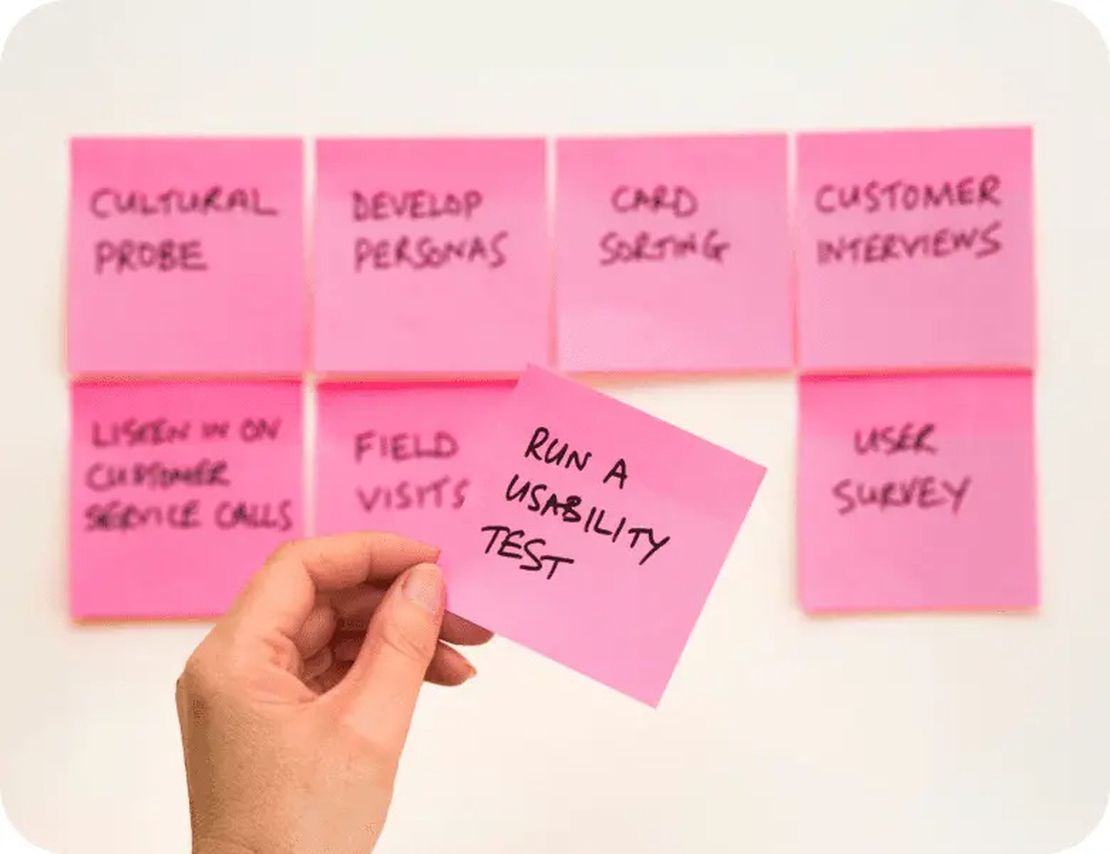Microservice architectures have become the standard for building scalable, maintainable enterprise applications. However, these architectures introduce significant complexity into the CI/CD process. With potentially dozens or hundreds of services, each with its own repository, dependencies, and deployment requirements, traditional pipeline approaches quickly break down. This article explores strategies for building effective CI/CD pipelines for microservice environments.
The Challenges of Microservice CI/CD
Microservice CI/CD introduces several unique challenges:
- Inter-service dependencies: Changes to one service may affect others
- Complex deployment orchestration: Services must be deployed in the correct order
- Environment consistency: Ensuring consistent test and production environments
- Version management: Tracking compatible service versions
- Testing complexity: Validating interactions between services
Pipeline Design Patterns
Through our work at Continuity CI, we’ve identified several effective patterns for microservice CI/CD:
1. Service-Level Pipelines
Each microservice has its own pipeline responsible for building, testing, and deploying that specific service.
Benefits:
- Clear ownership and responsibility
- Independent release cycles
- Simplified troubleshooting
2. Integration Pipelines
Separate pipelines that validate the integration between services, typically running integration tests against combined service deployments.
Benefits:
- Validates cross-service compatibility
- Identifies integration issues before production
- Provides confidence for multi-service changes
3. Deployment Orchestration Pipelines
Coordinates the deployment of multiple services in the correct order, often using infrastructure as code.
Benefits:
- Ensures proper deployment sequence
- Maintains environment consistency
- Provides deployment visibility
Dependency Management Strategies
Managing dependencies between microservices is crucial:
1. Contract Testing
Verify that service interfaces conform to their contracts, reducing the need for full integration testing of every service combination.
2. Semantic Versioning
Clearly communicate breaking changes through versioning practices.
3. Dependency Graphs
Automatically map and visualize service dependencies to understand the impact of changes.
Environment Management
Consistent environments are essential for microservice testing:
1. Infrastructure as Code
Define all environments consistently using tools like Terraform or Kubernetes manifests.
2. Service Mesh
Implement a service mesh for consistent networking, observability, and security across environments.
3. Container Orchestration
Use Kubernetes or similar platforms to ensure consistent deployment and scaling behavior.
Real-World Implementation
At Continuity CI, we recently helped a retail client implement CI/CD for their ecosystem of 85+ microservices. By implementing service-level pipelines with contract testing and shared libraries, along with a centralized deployment orchestration system, they reduced their release cycle from bi-weekly to multiple times per day while improving system stability.
Building effective CI/CD for microservices requires specialized expertise and thoughtful architecture. The investment pays dividends in developer productivity, system reliability, and the ability to evolve your architecture over time. Contact our team to discuss how we can help your organization implement efficient CI/CD practices for your microservice architecture.





